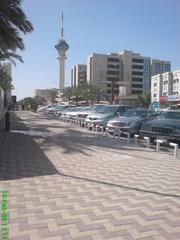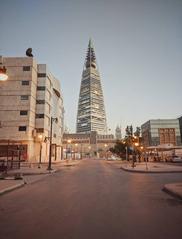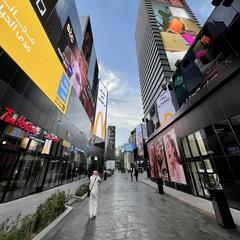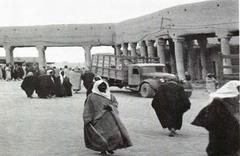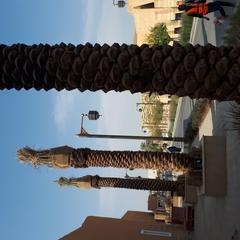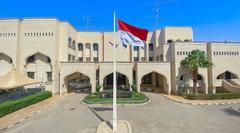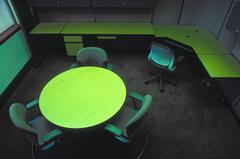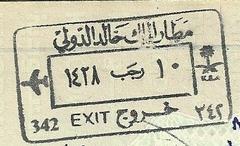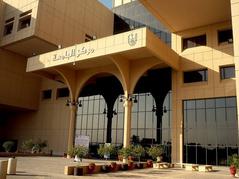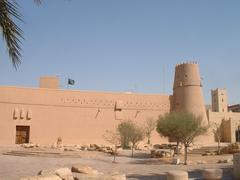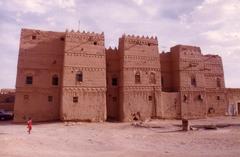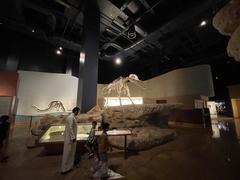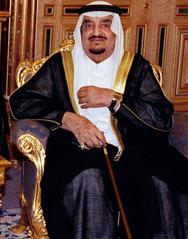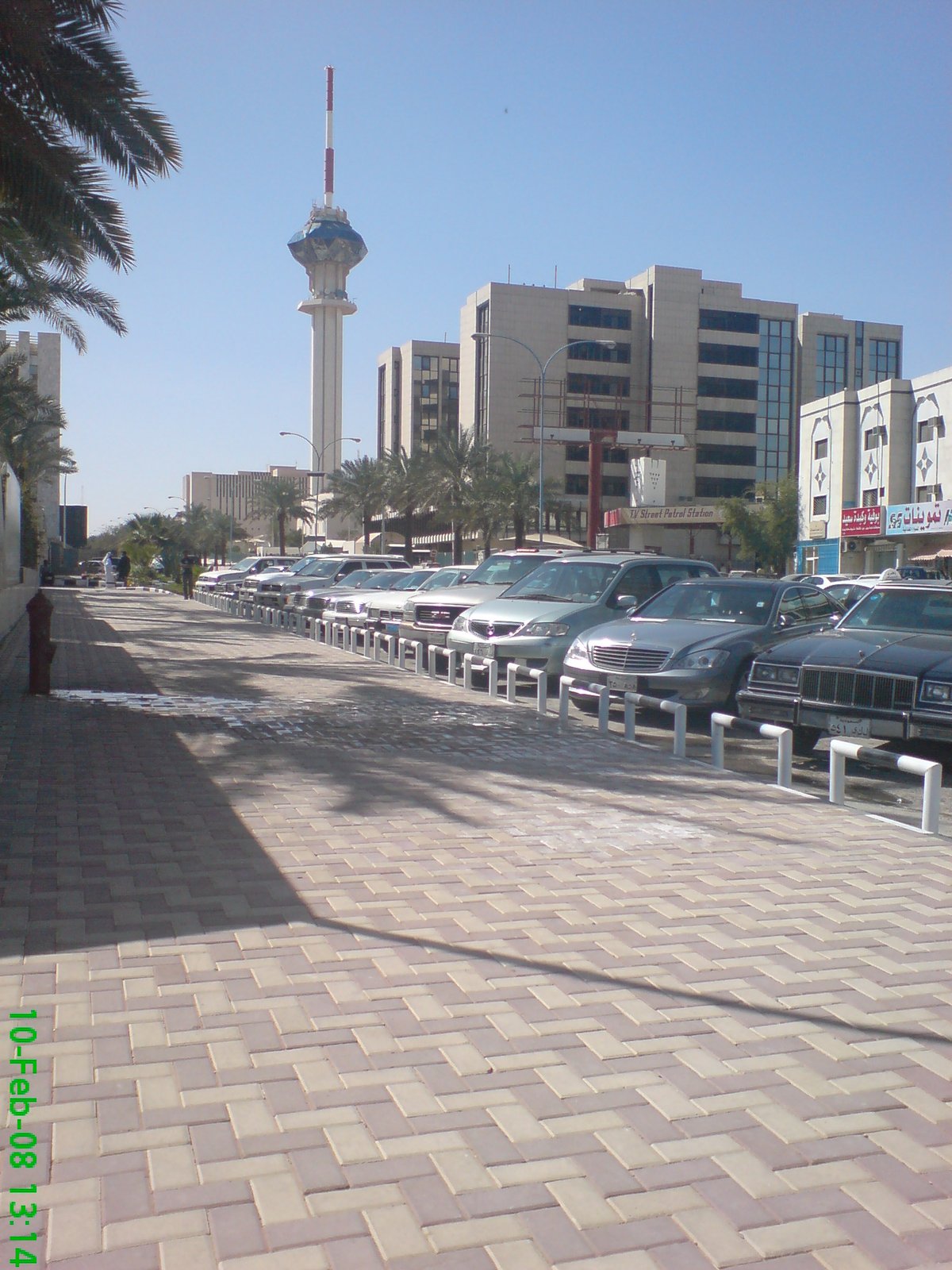
Riyadh TV Tower: Visiting Hours, Tickets, and Historical Guide
Date: 15/06/2025
Introduction
The Riyadh TV Tower stands as a powerful symbol of Saudi Arabia’s modernization and urban transformation. Located within the King Abdulaziz Historical Center, it not only played a pivotal role in the nation’s broadcasting history but also remains a prominent feature of Riyadh’s skyline. This comprehensive guide provides essential information on the tower’s history, architectural significance, visiting hours, ticketing, accessibility, and nearby attractions, ensuring visitors can fully appreciate both its legacy and cultural context.
Historical Background and Construction
Commissioned in the late 1970s during a period of rapid growth fueled by the Kingdom’s oil boom, the Riyadh TV Tower was envisioned as a central media hub to expand television and radio coverage across Saudi Arabia. Its completion in 1981 marked a significant milestone in the nation’s technological and cultural development, reflecting the government’s commitment to modern infrastructure and public communication (urtrips.com; Wikipedia).
The tower was designed by the renowned French architects Maurice Novarina and Patrici Novarina-Adete, combining modernist and Art Deco revival elements. At 170 meters (558 feet) tall, it became Riyadh’s tallest structure at the time, surpassing the Riyadh Water Tower and serving as a statement of progress (Saudi Architecture).
Architectural Features and Engineering
The Riyadh TV Tower’s architectural design reflects a blend of modernist lines and Art Deco motifs, featuring:
- Slender, Tapering Shaft: Constructed from reinforced concrete and clad in marble, engineered to withstand harsh desert conditions.
- Observation Pod: A distinctive circular deck near the summit, illuminated at night, originally used for technical staff and occasional visitors.
- Polyhedral Structure: Houses administrative offices and spaces previously used for dining, adding to the tower’s geometric aesthetic.
The tower’s robust construction and innovative design have allowed it to remain structurally sound and visually striking, even as Riyadh’s skyline has become populated with glass-clad skyscrapers (Saudi Architecture).
Purpose and Role in Saudi Media
Upon its inauguration, the Riyadh TV Tower became the main broadcast point for Saudi Television’s Channel 1 and Channel 2, as well as for key radio stations. It played a major role in delivering news, cultural content, and live coverage of national events such as the Hajj, royal addresses, and sporting occasions. The tower’s transition from analog to digital broadcasting and integration with satellite technology has ensured its continued relevance in Saudi Arabia’s media landscape (urtrips.com).
Cultural and Symbolic Significance
Beyond its functional purpose, the Riyadh TV Tower is an enduring symbol of the Kingdom’s modernization. Its silhouette is recognized alongside other city icons like the Kingdom Centre and Al Faisaliah Tower, marking Riyadh’s architectural evolution. The tower’s presence within the King Abdulaziz Historical Center underscores its importance in the narrative of national identity and progress, aligning with Saudi Arabia’s Vision 2030 goals of cultural and technological advancement (ExploreCity).
Location and Accessibility
Address: King Faisal Road, Al Murabba, Riyadh (within the King Abdulaziz Historical Center).
- By Car: Easily reached via major city roads; free parking is available at the historical center.
- By Taxi/Ride-Hailing: Uber and Careem are widely used and convenient.
- By Metro: The National Museum Station (Blue Line) is a 10-minute walk from the tower (ExploreCity).
- For Disabled Visitors: The historical center offers wheelchair access, ramps, and elevators.
Visiting Hours and Entry Requirements
Riyadh TV Tower Visiting Hours
- Tower Access: The tower itself is a government facility and is not generally open to the public for interior tours.
- King Abdulaziz Historical Center (including gardens and National Museum):
- Saturday–Thursday: 9:00 AM to 8:00 PM
- Friday: 4:00 PM to 8:00 PM
Note: Special events or guided tours inside the tower may be offered during national celebrations; check with the official King Abdulaziz Historical Center website for updates.
Tickets and Entry Fees
- Exterior Viewing: Free of charge.
- National Museum: Generally 10 SAR (approx. $2.70 USD) for adults; concessions for children and students. Tickets available at the entrance or online.
- Guided Tours: Some city tours include the tower as a landmark stop (MySaudiTours).
Visitor Experience
What to Expect
- Exterior Viewing: Best enjoyed from the beautifully landscaped gardens of the historical center, especially at sunset when the tower is illuminated.
- Photography: Permitted from public areas. Avoid photographing security personnel or restricted zones.
- Nearby Amenities: Restrooms, cafés, gift shops, and free Wi-Fi are available in the museum and garden areas.
Dress Code and Etiquette
- Modest attire is required (shoulders and knees covered).
- Lightweight clothes are advised due to high temperatures, especially in summer months.
- During Ramadan, eating or drinking in public during daylight is not permitted.
Safety
The historical center is well-patrolled, safe for families, and offers shaded seating areas. Keep valuables secure and stay hydrated (Riyadh weather in June).
Nearby Attractions
- National Museum of Saudi Arabia: Showcasing the Kingdom’s history and culture.
- Murabba Palace: Historic royal residence and museum.
- King Abdulaziz Public Library: With cultural events and exhibitions.
- Historical Gardens: Ideal for relaxation and family outings.
- Souq Al-Zal: Traditional market for handicrafts and souvenirs.
Combine these sites for a full cultural experience in the heart of Riyadh.
Events and Special Access
On occasions such as Saudi National Day or major cultural festivals, the tower may feature special light displays or limited public access as part of broader celebrations. For updates, refer to the Saudi Ministry of Culture or local tourism platforms.
Frequently Asked Questions (FAQs)
Q: Can I visit inside the Riyadh TV Tower?
A: Interior access is generally restricted; however, exterior viewing is available daily.
Q: What are the visiting hours for the surrounding historical center?
A: 9:00 AM–8:00 PM (Saturday–Thursday), 4:00 PM–8:00 PM (Friday).
Q: Are guided tours available?
A: Official tours inside the tower are rare, but city tours often include the tower as a highlight.
Q: Is there an entrance fee?
A: Viewing the tower from outside is free; museum admission is 10 SAR for adults.
Q: Is the site accessible for people with disabilities?
A: Yes, the historical center is fully accessible.
Q: What is the best time to visit?
A: Late afternoon or evening for comfort and optimal photography.
Practical Tips
- Arrive early or late in the day to avoid the heat and crowds.
- Use ride-hailing apps for convenient transport.
- Dress modestly and stay hydrated, especially in summer.
- Combine your visit with the National Museum and Murabba Palace for a rich historical experience.
- Monitor official sources for special event announcements or temporary public access to the tower.
Conclusion
The Riyadh TV Tower is a central piece of the city’s architectural and media heritage. Although public access to the interior is limited, its striking presence within the King Abdulaziz Historical Center, proximity to top cultural sites, and role in Saudi history make it an essential stop for visitors. With ongoing preservation and modernization efforts, the tower continues to reflect Riyadh’s evolving identity and the Kingdom’s Vision 2030 ambitions. For the latest updates, guided tours, and travel inspiration, download the Audiala app and follow us on social media.
Sources
- Discover the Riyadh TV Tower: History, Visiting Hours, Tickets, and More – urtrips.com
- Riyadh TV Tower – Wikipedia
- Riyadh Television Tower – Saudi Architecture
- King Abdulaziz Historical Center Official Website – Saudi Ministry of Culture
- Explore Riyadh City Guide – ExploreCity
- Riyadh TV Tower Visiting Guide: Hours, Tickets, and Cultural Significance – MySaudiTours
- Saudi Ministry of Culture
